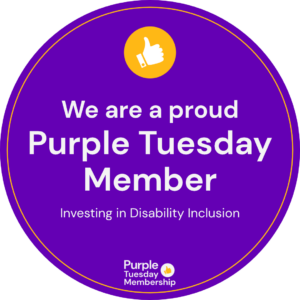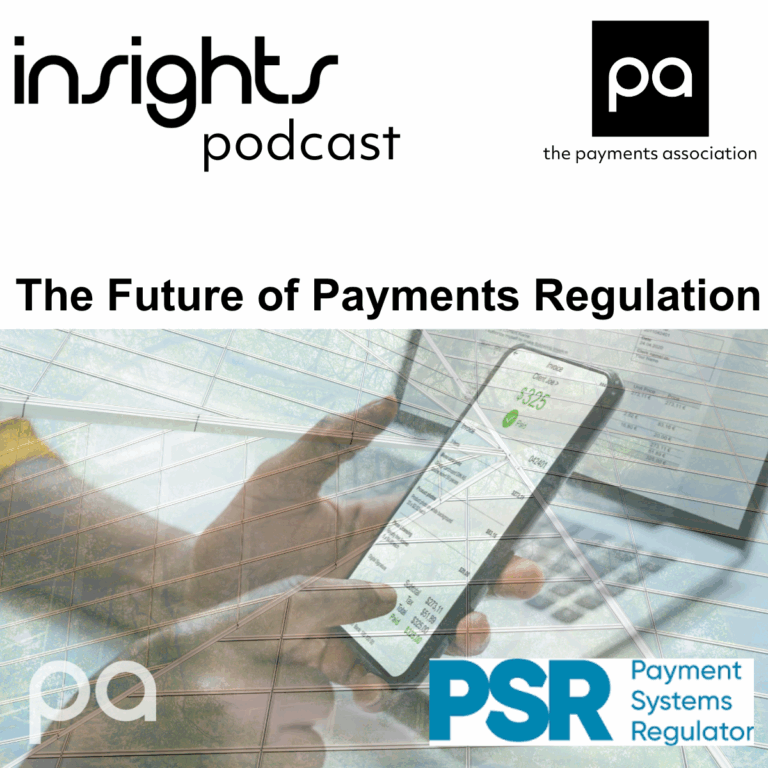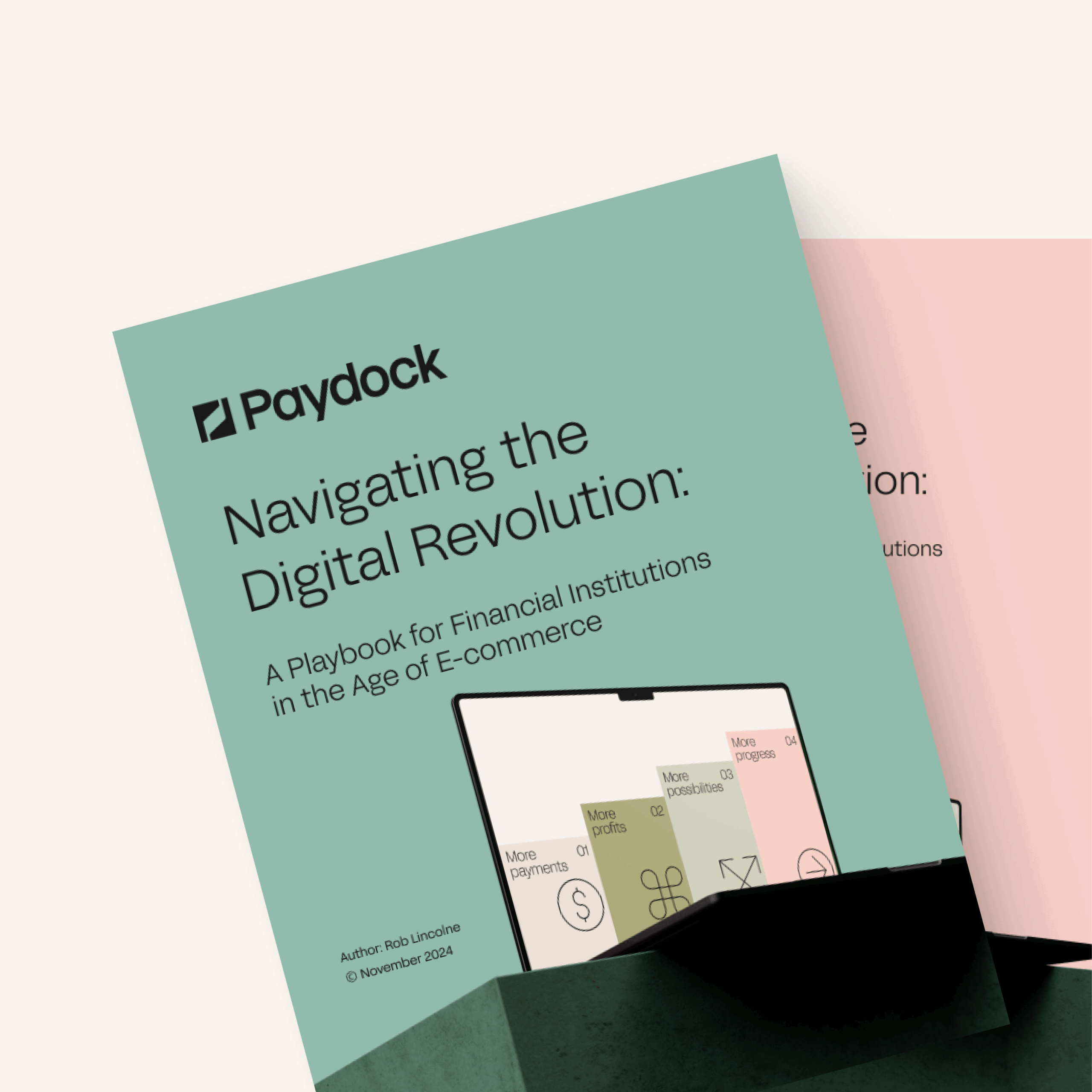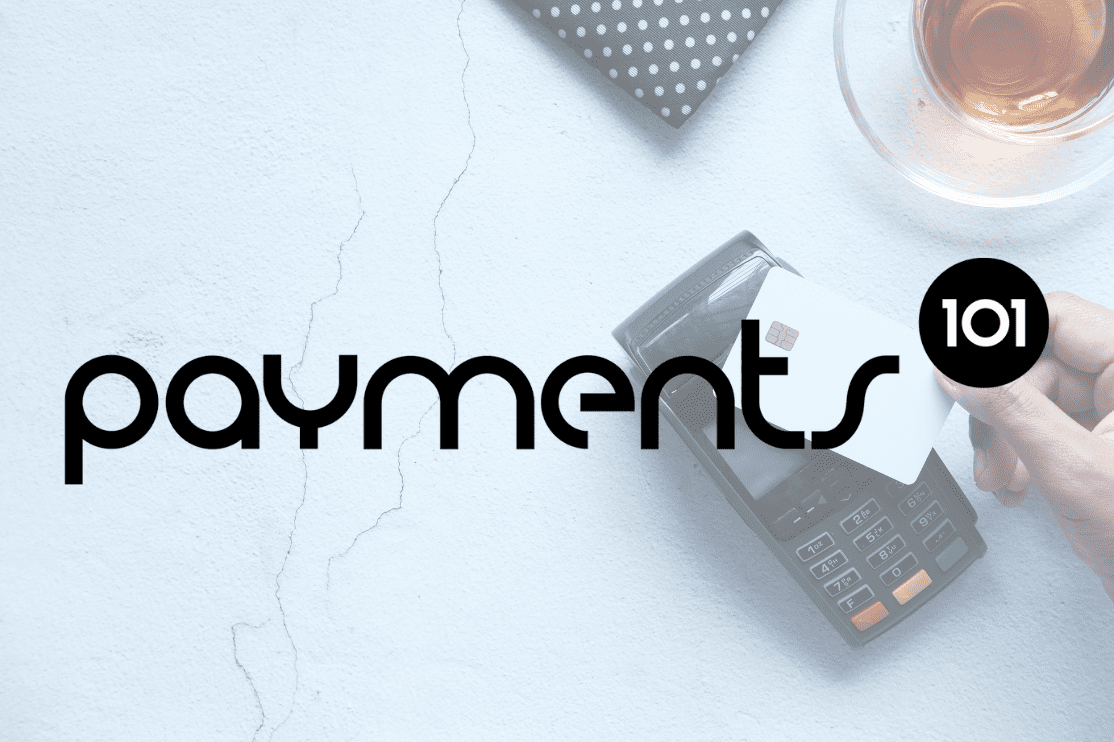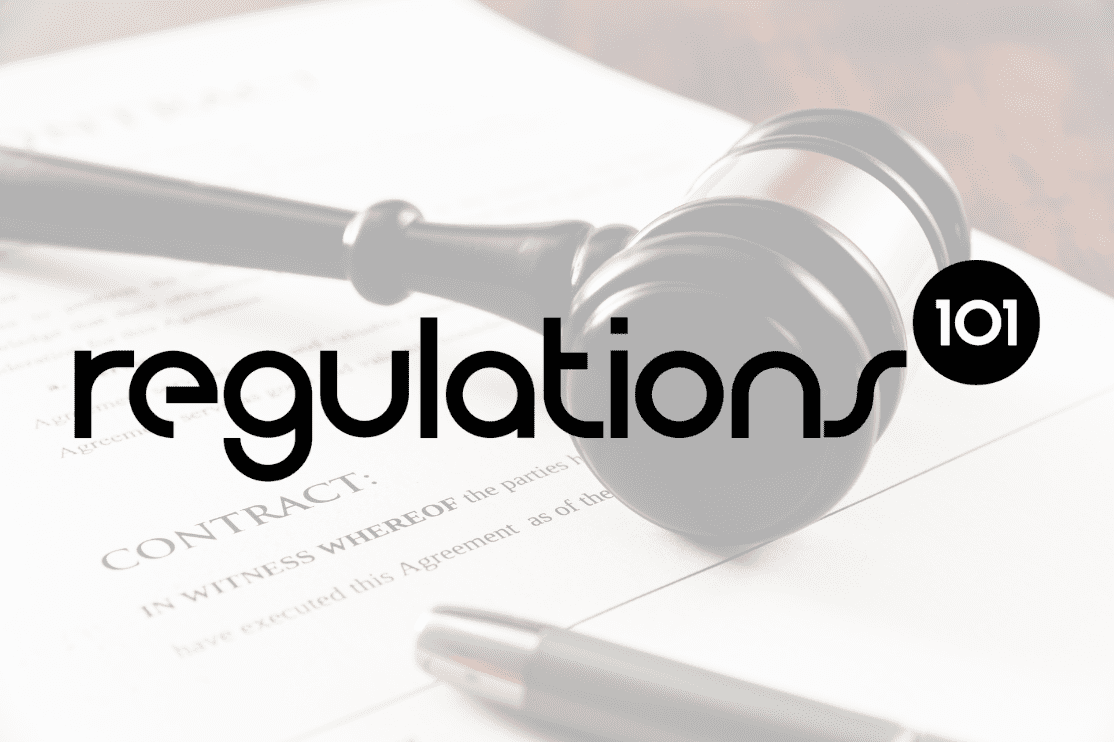Paying your dues is crucial for every company, regardless of size, since not accruing debt will unquestionably increase an organization’s Business Confidence Index (BCI).
Additionally, keeping good ties with your suppliers, safeguarding the longevity of the company, and increasing your prospects of securing better agreements along the road all depend on your ability to manage bills quickly without sacrificing accuracy.
Accounts payable is obviously important, therefore doing it incorrectly would be a bad idea.
But don’t worry just yet; we are here to assist you!
Let’s first confirm that we are on the same page and are clear on what this terminology implies before talking about the best practices for managing accounts payable in the current day.
What are Accounts Payable? (AP)
To put it plainly, debts are just the money you owe to creditors, which is why they are called “accounts payable” (AP).
These obligations might take on a variety of forms, from paying your contractor freelancers to purchasing new water coolers for the workplace.
It is crucial to note that accounts payable often refer to short-term obligations or those that are anticipated to be paid off within a year.
On the other hand, long-term debts are those that are scheduled to be paid over a period longer than a year; as a result, they are not regarded as accounts payable.
Accounts Payable are not the same as Accounts Receivable.
Now that you are familiar with accounts payable, consider the alternative situation in which another business owes you money for the products or services you have rendered. Those funds would be classified as accounts receivable using a similar logic of opposites.
It seems rather simple, doesn’t it?
We now have a better understanding of how you would handle the accounts payable to maximize efficiency.
Be prompt with it
We must comprehend what the well-executed AP procedure actually entails in order to underline its significance once more.
Any business will eventually find itself in a situation where it must utilize outsourced services in some capacity, including software, accounting, human resources, etc.
In exchange, the freelancers and service providers rely on the timely and precise payment of the bills they issue, which are now understood to be accounts payable.
Consequently, it is imperative that you have a reliable and effective system in place to aid in the management of those payments.
Accuracy is crucial
Well-managed accounts payable depend greatly on the accuracy of the payments in question in addition to timely execution.
Despite the fact that it can seem obvious, it is crucial to ensure that all invoices are properly formatted.
You must ensure that each invoice you process appropriately reflects the items or services you have purchased and the associated costs you have agreed upon with the vendor.
Process Flow in AP
Practically speaking, the accounts payable process may be divided into three main parts, which are as follows:
- Placing an order – entails paying for the needed products or services at a pre-agreed price. You must also discuss any extra terms and conditions for the deal and the delivery of the products or services at this time.
- Receiving the invoice – Following the successful placing of the order, the supplier should submit a report including a complete description of the order, including previously negotiated pricing, delivery periods, and other conditions, if any. Those invoices must be securely preserved and allocated to be covered on the agreed-upon date.
- Invoice Processing – After receiving the invoice, you must verify the accuracy of the prepared report by comparing it to the reality of the received products and services. If everything checks out, the business may submit the invoice for payment.
Even though the procedure appears straightforward, accounts payable is one of the places where financial fraud is most likely to occur. Therefore, it is suggested that each of the crucial phases of the aforementioned flow be assigned to a certain specialist or department in order to provide transparency in this area.
By doing it this manner, the likelihood of fraud is much reduced because it would have to go by every department involved, making it more challenging to misuse the company’s finances.
Centralization’s importance
The centralization of payments is a vital consideration when dealing with the AP process flow since it would make it simpler to handle payouts and provide a clearer picture of the company’s expenditure.
In addition to being counterproductive to the aforementioned flow, breaking off payments to different accounts exposes the business to financial fraud once more.
Track Your Payments Due
Your business must also have a clear understanding of all upcoming due payments in order to develop an effective AP process flow. This may be done either through specialized cost management software or by antiquated manual bookkeeping procedures.
In addition, some of the costs would need to be paid on a monthly basis, such as any software subscriptions or water deliveries for the coolers we previously discussed.
Such invoices may be set up as periodic payments within a specialized cost management program, greatly minimizing the hassle of seeing the same invoice repeatedly.
When you move to a larger workplace, just remember to cancel your previous water subscription!
Delegation of Authority
Numerous errors are bound to occur when you are unsure of who approved each payment. Each invoice needs to be assigned to a single person who will be in charge of the designated authorization in order to minimize the risk.
Due to the fact that there are more dedicated people involved in this system, there is a lower chance that any outstanding debts would be repaid.
The structure indicated would make it possible to quickly identify the person who was in charge of incorrectly authorizing the payment of the invoice.
As all invoices and associated activities would be ascribed to users connected to the control panel, conveniently the majority of contemporary expenditure management software would enable you to achieve so without any external scrutiny.
Why select a specialized AP management program
If it wasn’t already clear, we do not favor manual administration of the AP process. In the realm of contemporary business, it is seen as a time-consuming procedure and an outmoded technique.
In the era of digitization, it is safer and more effective to integrate specialized software into the process, allowing for more control, efficiency, and transparency.
If you don’t already have a current system, it’s time to think about switching from manual accounts payable administration.
Consider Wallester Business when selecting a specific management tool to monitor your accounts payable.
Our creative team at Wallester created our digital solution with the goal of assisting other companies in streamlining their financial administration. With the help of our software, we offer a complete solution for managing the AP process, allowing you to process and digitally save all of your invoices.
Wallester Business offers a complete package to elevate your financial management, together with an infinite number of corporate cards issued for your business. The greatest thing is that it’s all included in our free package, which is a great deal!
Conclusion
To sum up, we must underline that any errors made throughout the AP process are too expensive to tolerate. Therefore, it is best to digitize the process and reduce the likelihood of human error, regardless of how much you trust your old binder full of bills.
In addition to causing dissatisfaction among your service providers, suppliers, and independent contractors, the dangers connected with a poorly handled AP process also raise the possibility that your business could become the target of fraud.
Sign up for Wallester Business and digitize your financial management right now if you want to ensure that all of your AP operations are of the highest standard.

